Cotton fabric is one of the most widely used textiles in the world, types of cotton fabric are also rich, comfortable, and natural origins. Derived from the fibers of the cotton plant, this fabric has been integral to human civilization for centuries, forming the backbone of the textile industry. Cotton’s unique properties make it suitable for a wide variety, from everyday clothing to specialized industrial uses.
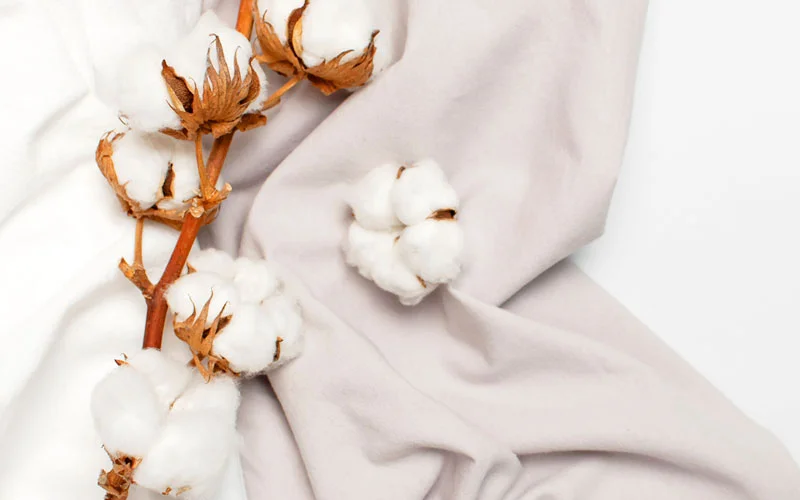
Types of Cotton Fabric
Broadcloth

Definition and Characteristics
Broadcloth is a densely woven fabric characterized by its smooth texture and slight sheen. It is typically made from cotton and features a plain weave.
Common Uses
Broadcloth is commonly used in making shirts, blouses, and quilts. Its smooth finish and durability make it ideal for both casual and formal wear. It is also a good choice for quilting fabrics
Canvas

Definition and Characteristics
Canvas is a heavy-duty, plain-weave fabric known for its strength and durability. It is usually made from cotton or linen and has a rough texture.
Common Uses
Canvas is often used for making bags, tents, shoes, and other products that require a sturdy material. It is also popular in the art world as a surface for painting.
Chiffon

Definition and Characteristics
Chiffon is a lightweight, sheer fabric with a soft drape. It is made from finely twisted yarns, resulting in a slightly rough texture.
Common Uses
Chiffon is commonly used in evening wear, blouses, and scarves due to its delicate and elegant appearance.
Corduroy

Definition and Characteristics
Corduroy is a textile with a distinctive ribbed texture, created by weaving extra sets of fibers into the base fabric to form vertical ridges called wales.
Common Uses
Corduroy is popular for pants, jackets, and upholstery. Its unique texture and durability make it suitable for both fashion and home decor.
Denim

Definition and Characteristics
Denim is a sturdy cotton twill fabric, typically featuring a blue and white woven pattern. It is known for its durability and ruggedness.
Common Uses
Denim is most commonly used in jeans, jackets, and overalls. Its tough nature makes it ideal for workwear and casual clothing.
Flannel
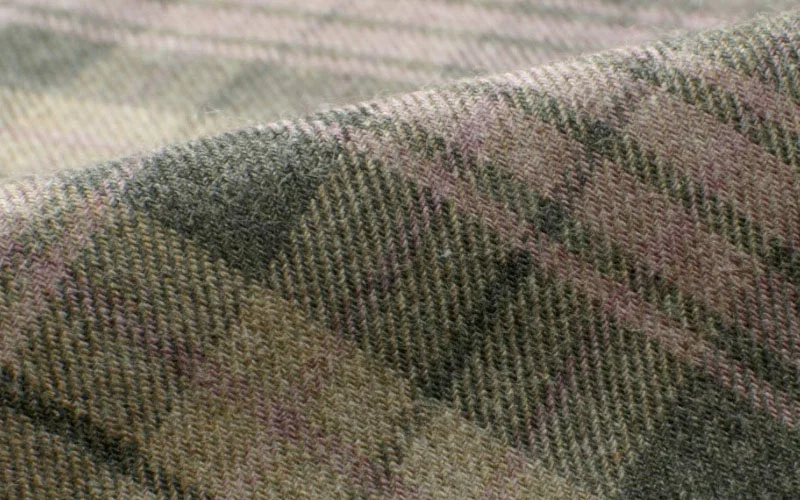
Definition and Characteristics
Flannel is a soft, medium-weight fabric with a napped finish on one or both sides, providing warmth and comfort.
Common Uses
Flannel is frequently used in shirts, pajamas, and bedding. Its warmth and softness make it perfect for cold weather.
Gauze

Definition and Characteristics
Gauze is a lightweight, open-weave fabric that is airy and breathable. It has a slightly crinkled texture.
Common Uses
Gauze is often used in medical bandages, summer clothing, and baby blankets due to its breathable and absorbent qualities.
Jersey

Definition and Characteristics
Jersey is a knit fabric known for its stretch and softness. It can be made from cotton or a blend of fibers.
Common Uses
Jersey is widely used in t-shirts, underwear, and sportswear. Its elasticity and comfort make it ideal for activewear and casual clothing.
Lawn

Definition and Characteristics
The lawn is a fine, lightweight fabric with a smooth texture, made from high thread count cotton.
Common Uses
Lawn fabric is often used in summer dresses, blouses, and handkerchiefs. Its lightness and softness make it suitable for warm climates.
Muslin

Definition and Characteristics
Muslin is a plain-weave cotton fabric that is light and breathable. It has a slightly rough texture due to its loose weave.
Common Uses
Muslin is commonly used in dressmaking, curtains, and culinary applications like cheesecloth. Its versatility and ease of use make it a staple in many industries.
Poplin
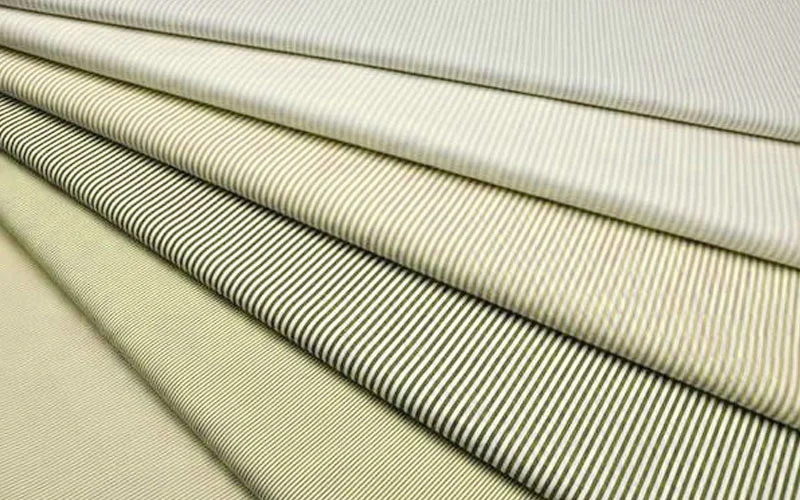
Definition and Characteristics
Poplin is a durable, plain-weave fabric with a slight ribbed texture. It is smooth and has a slight sheen.
Common Uses
Poplin is frequently used in shirts, dresses, and uniforms. Its strength and crisp texture make it ideal for formal and work attire.
Sateen
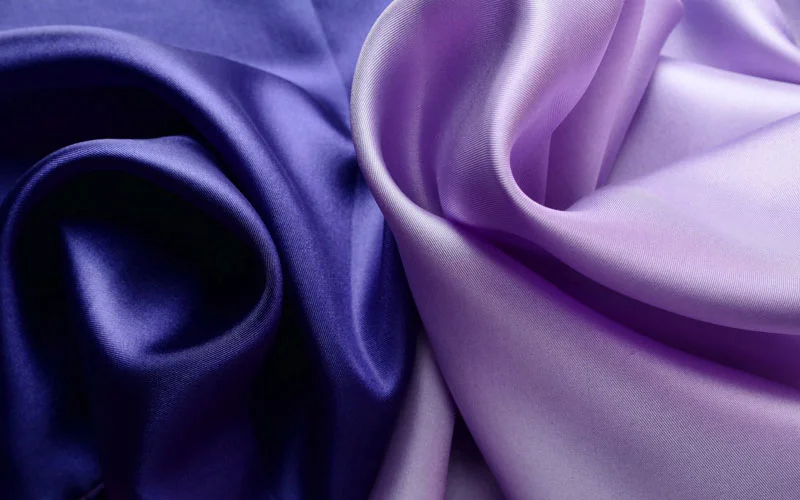
Definition and Characteristics
Sateen is a smooth, glossy fabric made using a satin weave structure from cotton fibers. It has a soft hand and a shiny surface.
Common Uses
Sateen is often used in bedding, linings, and evening wear. Its luxurious feel and appearance make it popular for high-end textiles.
Seersucker
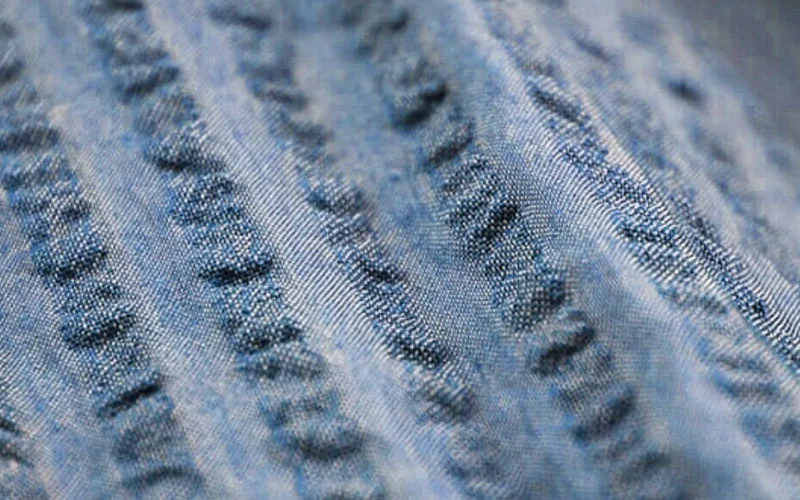
Definition and Characteristics
Seersucker is a lightweight, puckered fabric typically made from cotton. It has a crinkled surface, created by weaving the fabric with threads at different tensions.
Common Uses
Seersucker is commonly used in summer clothing, including suits, shirts, and dresses. Its unique texture and breathability make it ideal for warm weather.
Terrycloth

Definition and Characteristics
Terrycloth is a fabric with uncut loops on both sides, providing high absorbency. It is made from cotton and has a plush texture.
Common Uses
Terrycloth is widely used in towels, bathrobes, and baby products. Its absorbent nature makes it perfect for items that require moisture management.
Twill
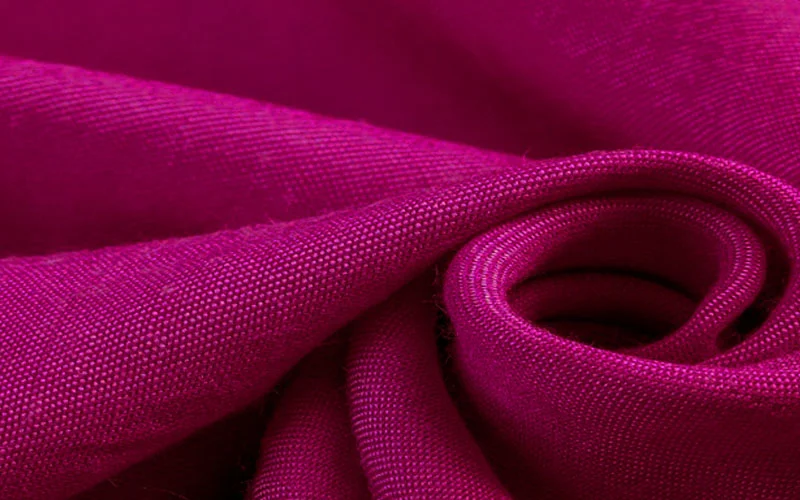
Definition and Characteristics
Twill is a durable fabric with a diagonal weave pattern, providing a distinct texture and resilience.
Common Uses
Twill is often used in trousers, workwear, and upholstery. Its robustness and unique weave make it suitable for heavy-duty applications.
Voile

Definition and Characteristics
Voile is a lightweight, sheer fabric with a soft, smooth finish. It is made from fine cotton threads.
Common Uses
Voile is commonly used in curtains, summer dresses, and blouses. Its delicate nature and transparency make it ideal for layering and warm climates.
Types of cotton fabric Perhaps with the upgrading and application of technology, more types will appear.
Characteristics of Cotton Fabric
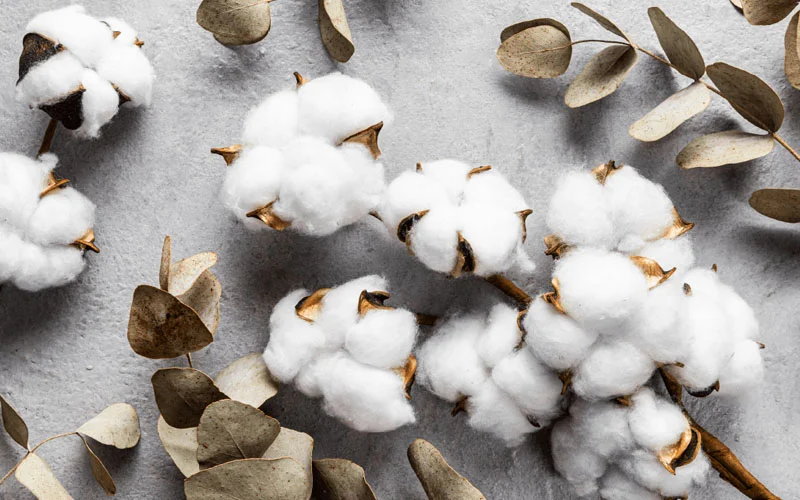
Characteristics of cotton fabric provide more possibilities for types of cotton fabric.
Breathability
One of the most significant characteristics of cotton fabric is its breathability. This natural fiber allows air to circulate freely, keeping the body cool and comfortable, making it ideal for hot climates and activewear.
Durability
Cotton is known for its durability. High-quality cotton fabrics can withstand repeated washing and wearing, maintaining their integrity over time. This makes cotton a reliable choice for clothing, home textiles, and industrial uses.
Absorbency
Cotton fabric is highly absorbent and capable of holding up to 27 times its own weight in water. This quality makes it excellent for towels, bathrobes, and other products where moisture management is essential.
Softness
The softness of cotton fabric contributes to its comfort. Whether it’s a lightweight lawn for summer dresses or a plush terrycloth for towels, the inherent softness of cotton makes it a preferred choice for garments and linens.
Hypoallergenic Properties
Cotton is hypoallergenic, making it suitable for individuals with sensitive skin. Its natural fibers do not irritate the skin, which is why cotton is often used in baby clothes, medical bandages, and other products that come into direct contact with the skin.
Types of Cotton Fabric: Manufacturing Process

From manual to automated manufacturing processes, Types of Cotton Fabric presents multi-dimensional changes, making it easier for people to use
Cotton Cultivation
The manufacturing process of cotton fabric begins with cotton cultivation. Cotton plants require a warm climate and a long frost-free period to grow. The plants are typically grown in regions with ample sunlight and well-drained soil.
Harvesting
Once the cotton bolls mature, they are harvested. This can be done manually or using machines. The harvested cotton is then transported to ginning mills.
Ginning
Ginning is the process of separating cotton fibers from the seeds. This is typically done using a machine called a cotton gin. The fibers are then cleaned and prepared for spinning.
Spinning
During the spinning process, the cleaned cotton fibers are twisted together to form yarn. The yarn is then wound onto spools, ready for weaving or knitting.
Weaving and Knitting
The yarn is woven or knitted into fabric. Weaving involves interlacing two sets of yarns at right angles, while knitting involves interloping yarns. The type of weave or knit used determines the texture and properties of the final fabric.
Dyeing and Finishing
The final steps in the manufacturing process are dyeing and finishing. The fabric is dyed to achieve the desired color and then finished to enhance its properties, such as softness, durability, and resistance to shrinkage.
Benefits of Cotton Fabric

Benefits of Cotton Fabric is the fundamental reason for the continuous improvement of Types of Cotton Fabric
Comfort
Cotton fabric is renowned for its comfort. Its softness, breathability, and hypoallergenic properties make it an excellent choice for clothing and bedding.
Versatility
Cotton is an incredibly versatile fabric. It can be woven or knitted into a wide range of textiles, from lightweight gauze to heavy canvas, suitable for various applications.
Easy Care
Cotton fabric is easy to care for. It can be machine-washed and dried, and it withstands high temperatures, making it easy to remove stains and keep clean.
Biodegradability
As a natural fiber, cotton is biodegradable. This makes it an environmentally friendly option compared to synthetic fabrics, which can take hundreds of years to decompose.
Cost-Effectiveness
Cotton fabric is generally cost-effective. While high-end cotton fabrics can be expensive, there are many affordable options available, making cotton accessible to a wide range of consumers.
Types of Cotton Fabric: Common Uses
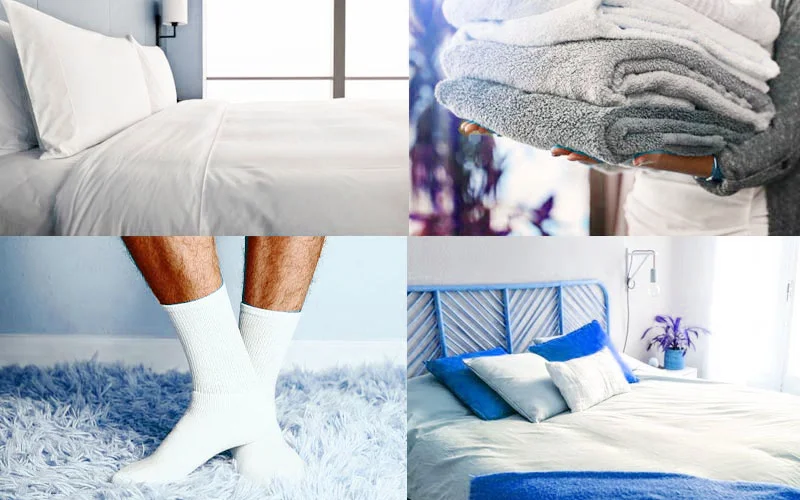
Clothing
Cotton is a staple in the clothing industry. From casual t-shirts and jeans to formal shirts and dresses, cotton’s comfort and versatility make it ideal for all types of apparel.
Home Textiles
In-home textiles, cotton is used for bed sheets, pillowcases, curtains, and towels. Its softness and absorbency make it a preferred choice for items that come into close contact with the skin.
Industrial Applications
Cotton is used in various industrial applications, including canvas for sails, conveyor belts, and industrial filters. Its strength and durability make it suitable for heavy-duty uses.
Medical Uses
In the medical field, cotton is used for bandages, gauze, and other products that require sterile and hypoallergenic materials. Its absorbency and softness are crucial for wound care and patient comfort.
FAQs
How should I care for cotton fabrics?
Cotton fabrics are generally easy to care for. They can be machine-washed and dried. It is advisable to use cold or warm water to prevent shrinking and fading. Avoid using bleach on colored cotton fabrics, and iron them while they are slightly damp for best results.
What are the main benefits of using cotton fabric?
The main benefits of using cotton fabric include its comfort, breathability, durability, hypoallergenic properties, and biodegradability. Cotton is also versatile and easy to care for, making it a practical choice for a wide range of applications.
Are there any drawbacks to using cotton fabric?
While cotton has many benefits, there are some drawbacks. Cotton can shrink when washed and may wrinkle easily. It also requires significant amounts of water and pesticides to grow, though sustainable practices and organic cotton can mitigate these environmental impacts.
How can I identify different types of cotton fabric?
Different types of cotton fabric can be identified by their weave, texture, and weight. For example, denim has a distinctive twill weave and is heavier, while voile is lightweight and sheer. Understanding the characteristics of each type of cotton fabric can help you identify them.
What are the most common types of cotton fabric?
Common types include cotton lawn, voile, poplin, twill, sateen, jersey, flannel, muslin, canvas, and chambray
Conclusion
Cotton fabric’s versatility, comfort, and durability make it a staple in the textile industry. The various types of cotton fabrics—ranging from lightweight and sheer options like cotton lawn and voile to heavier, more durable choices like canvas and twill—cater to diverse needs and preferences. Whether for casual wear, formal attire, bedding, or accessories, cotton’s adaptability ensures it remains a popular choice. Understanding the unique properties of each type of cotton fabric helps consumers and designers select the best material for their specific applications, enhancing both functionality and aesthetic appeal.
